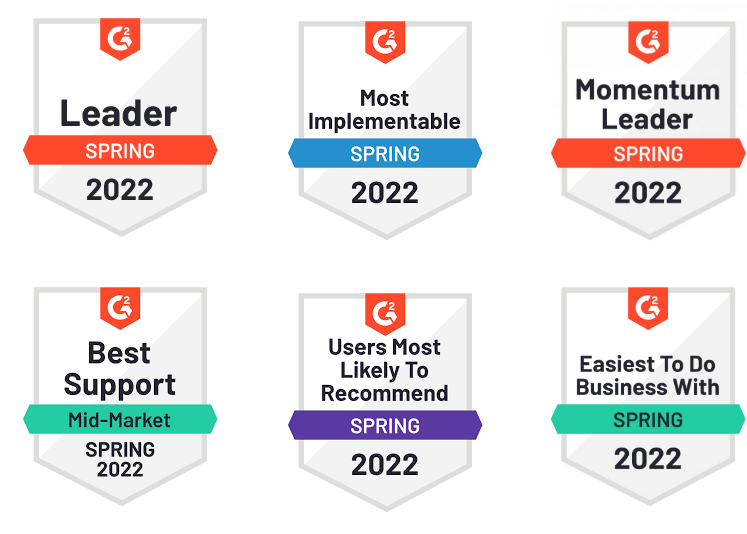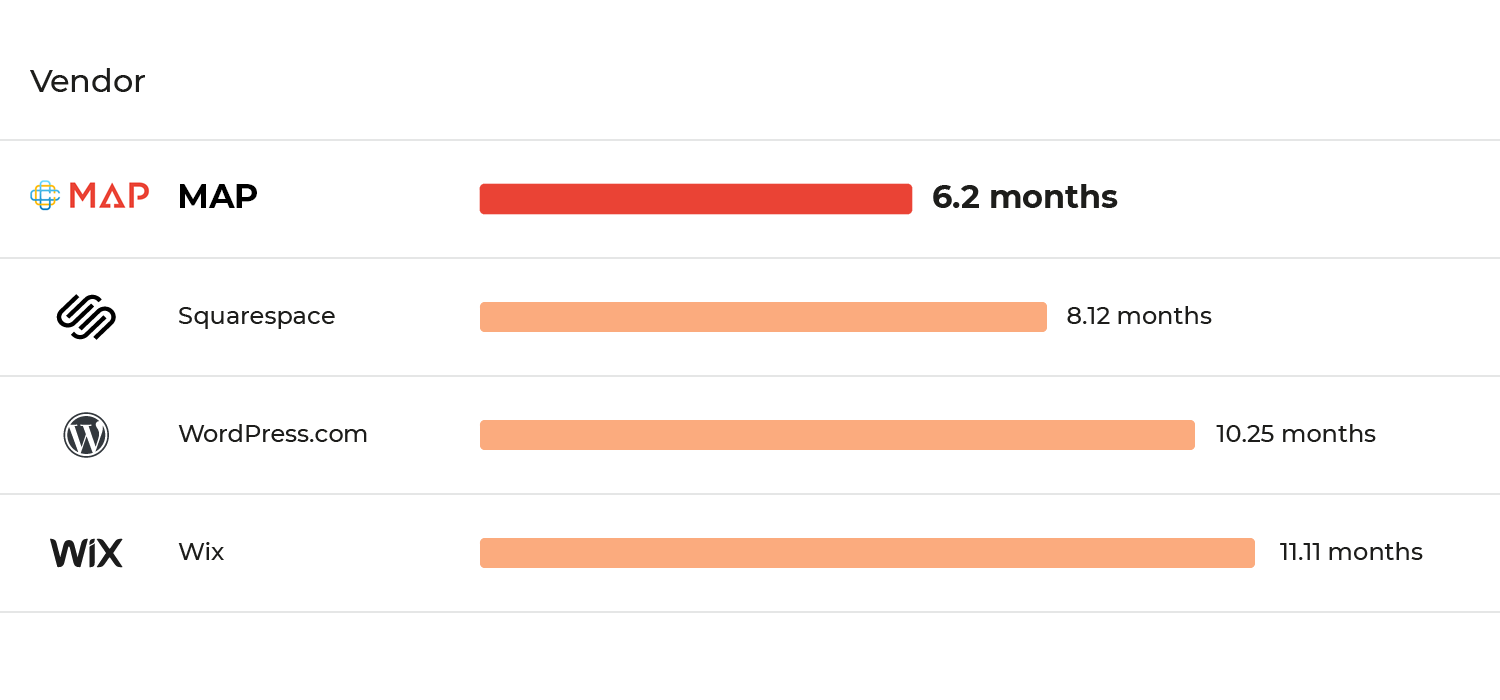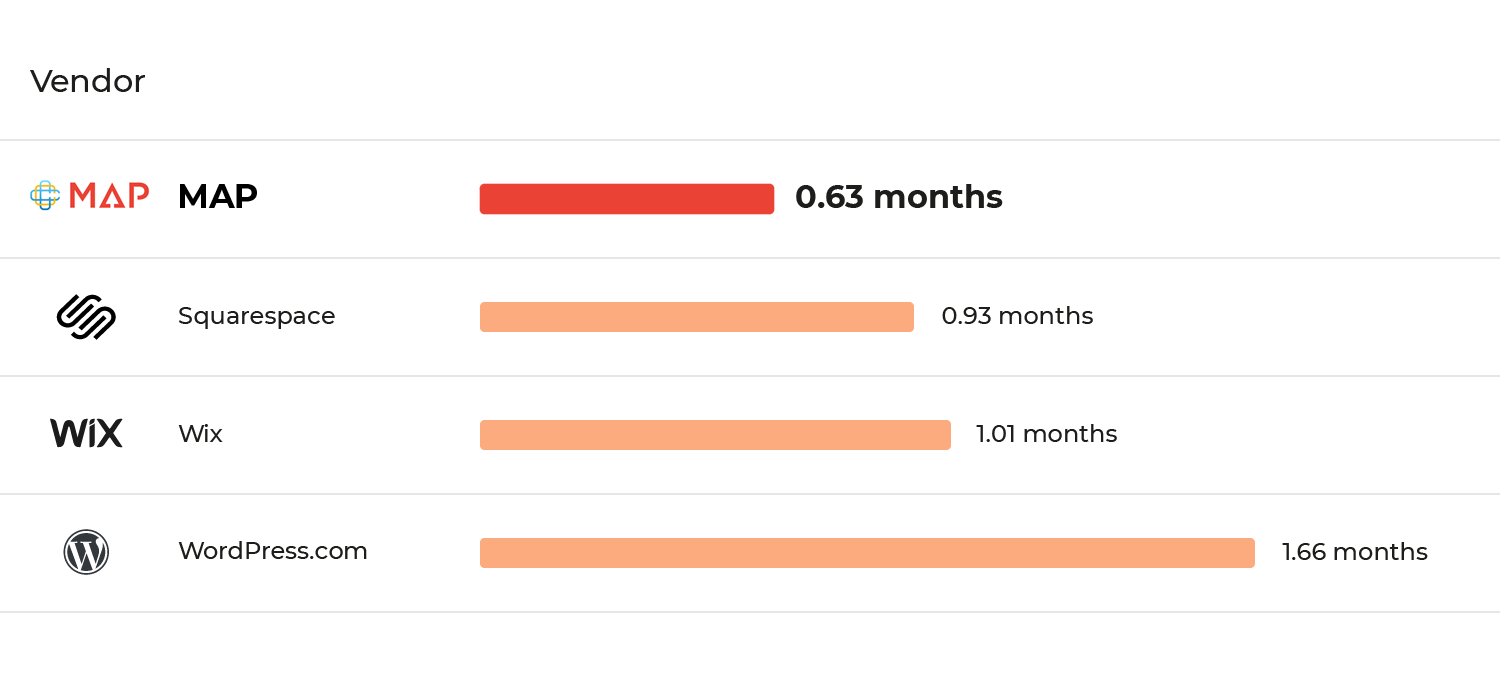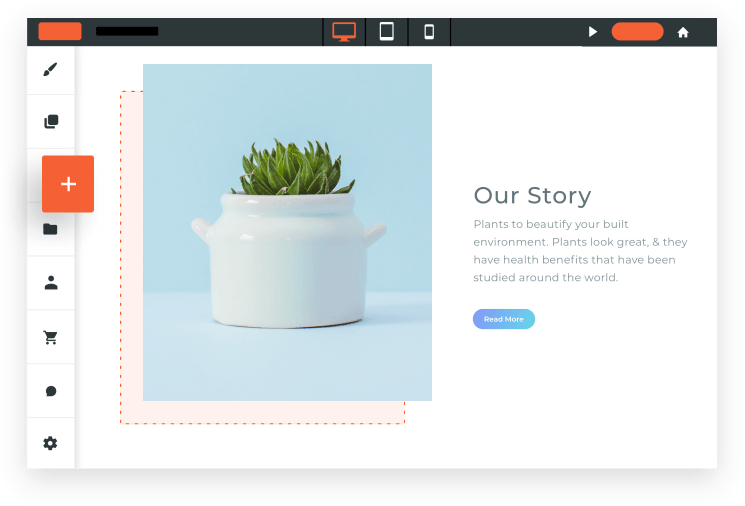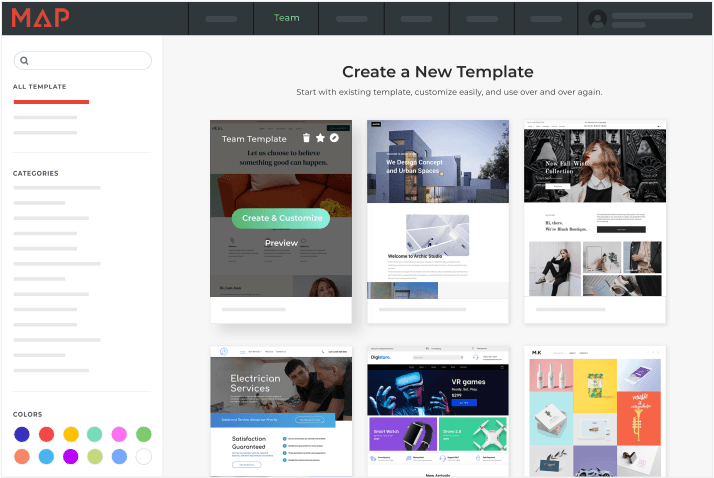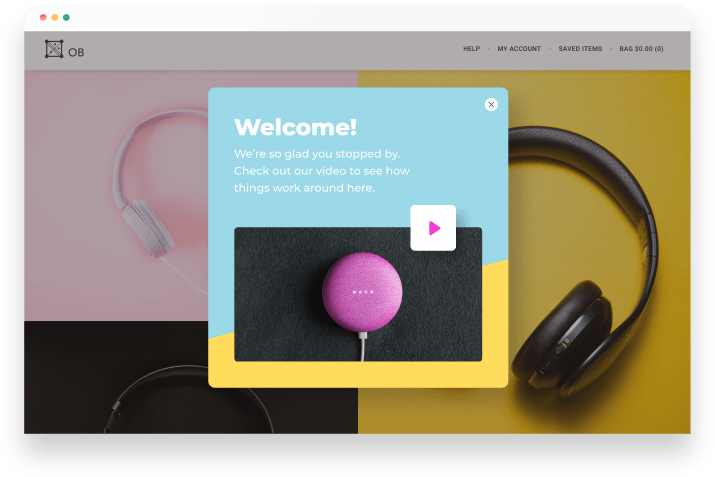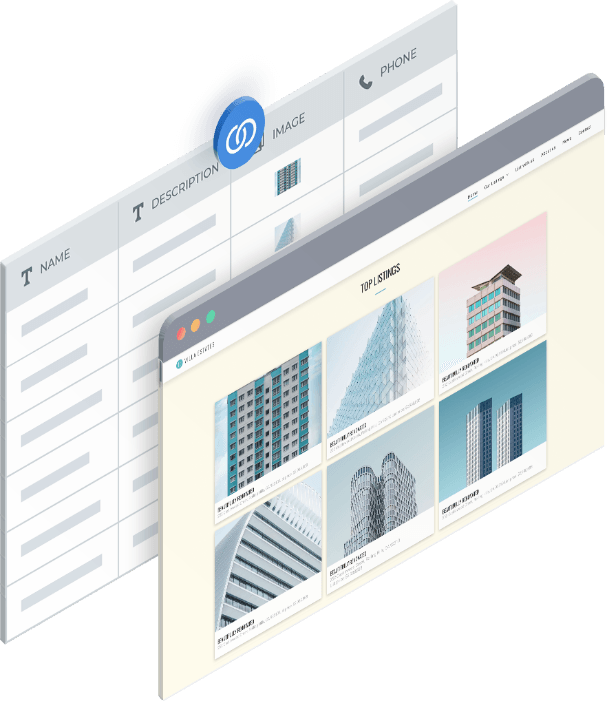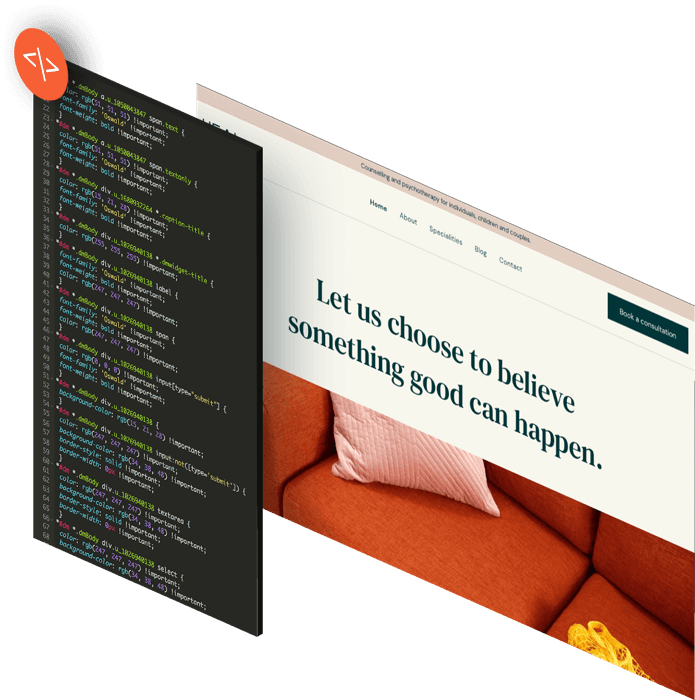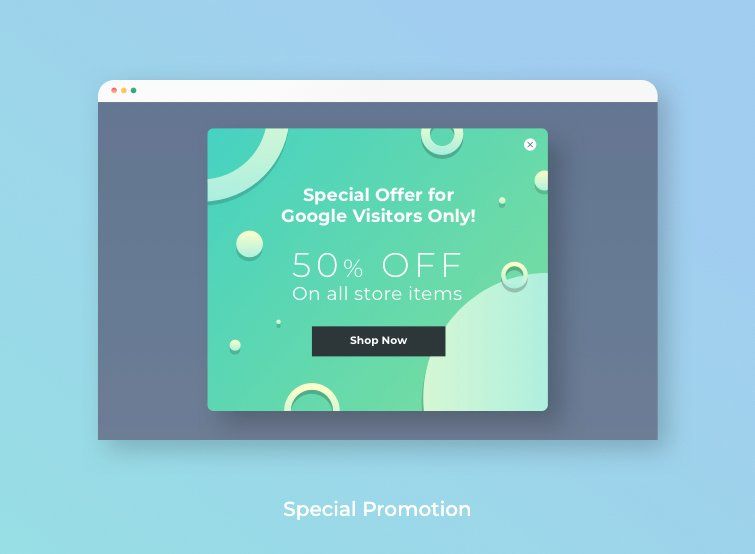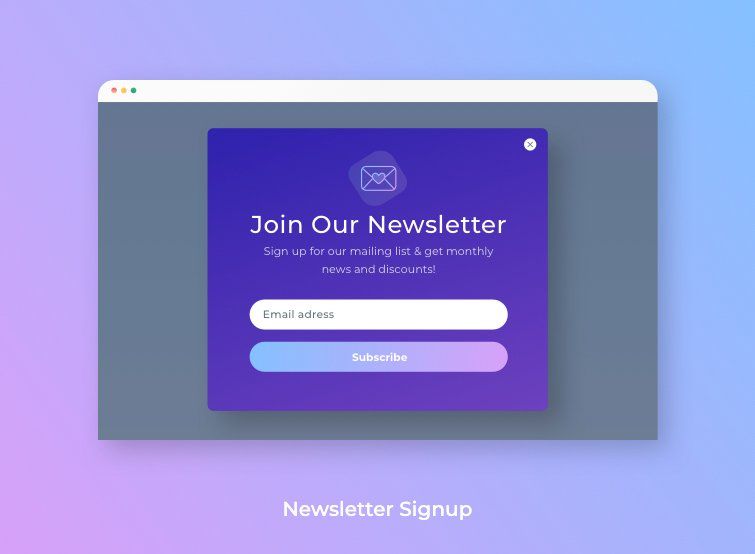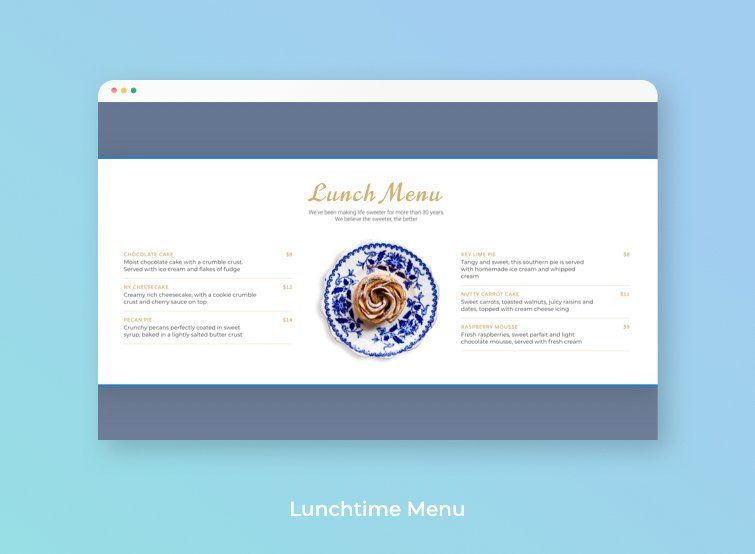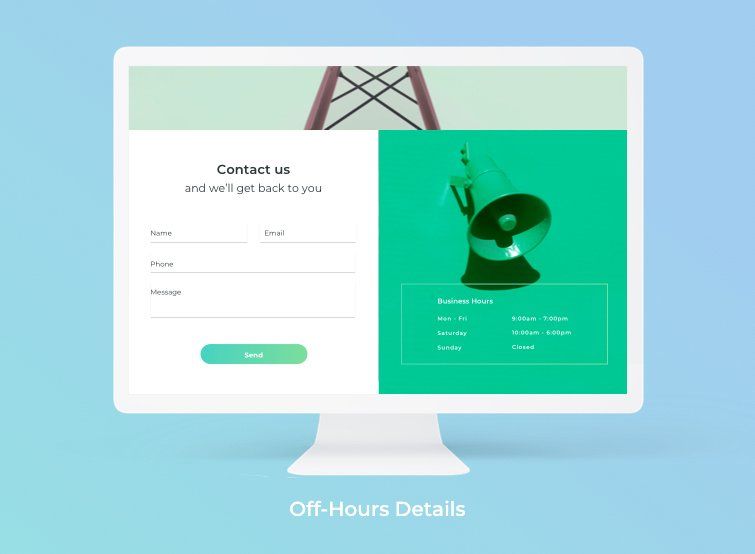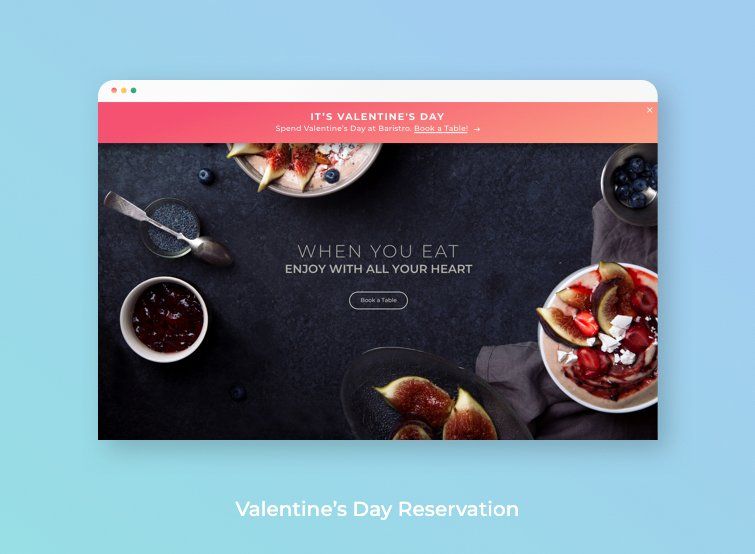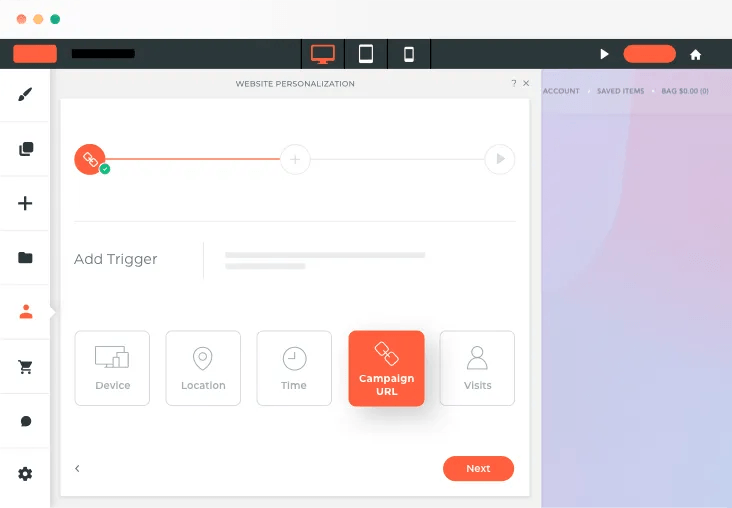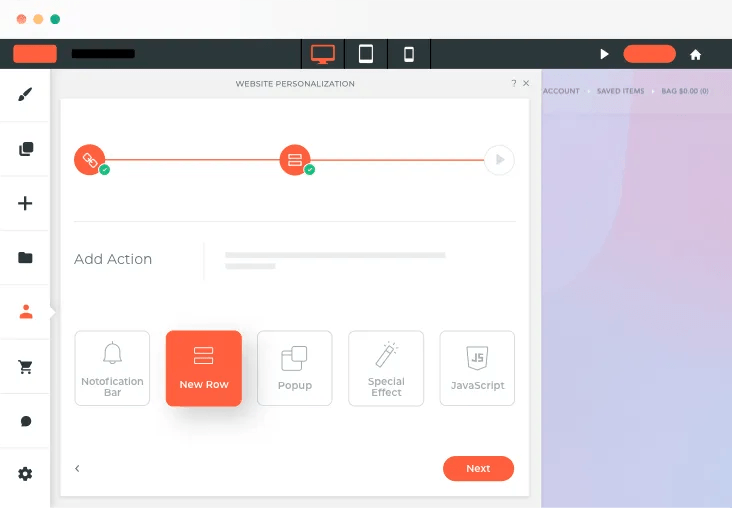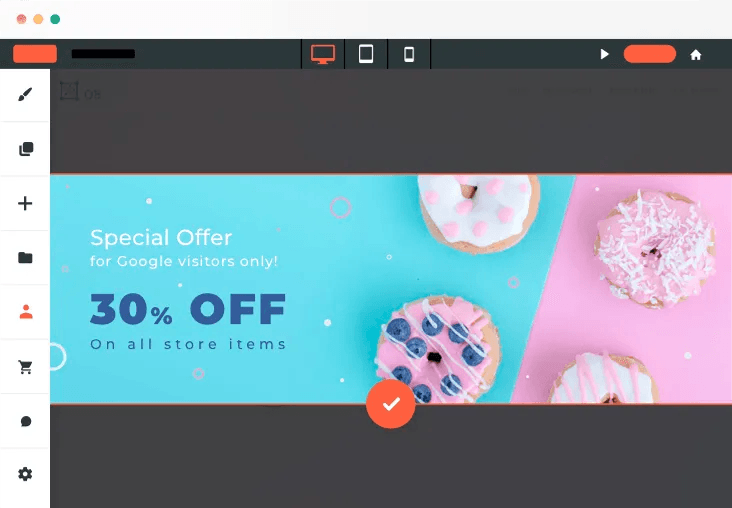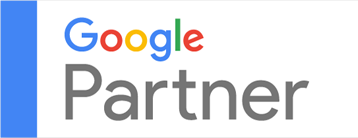SWITCH TO MAP TODAY
Switch from SquareSpace to MAP
Optimized for Speed & Efficiency.
RANKED #1 OUT OF ALL WEBSITE BUILDERS IN 2020
We are trailblazing an online revolution away from the confines and restrictions of Squarespace and other web builders and onto a new platform that's changing the way responsive websites are being created.
EDITOR EASE OF USE
Which is the best drag-and-drop website builder editor?
MAP's intuitive drag-and-drop editor is fast, easy to use, and comes jam-packed with an exhaustive list of features. Global design functionality enables you to change the fundamental design from one location, and you can easily copy and paste multiple sections, rows and columns, up to entire pages. You can add a row to any header or footer with one click, and auto-generate columns and rows as you drag widgets.
Squarespace’s editor has a steeper learning curve, especially since you can’t drag and drop elements as freely as you can in the MAP editor or copy and paste assets. You’re also required to add an entire section for each block added to your site, and certain design elements along with headers and footers are fixed to specific templates.
DESIGN FEATURES & FLEXIBILITY
Who offers easy configuration of complex web design features?
MAP supports a large library of SMB-friendly widgets including Click to Call, Multi Location Map, Restaurant Menu, Yelp Reviews, Yext Knowledge Tags and more. You can also build custom widgets to extend out-of-the-box functionality and use MAP’s Dynamic Pages feature to automatically build web pages from collections of data.
Squarespace offers basic block configuration through the editor, but it is not possible to select more advanced, business-friendly block configurations. Custom blocks and dynamic pages may be created in Squarespace, but more developer work (and time) is required to implement these features.
WEBSITE TEMPLATES
Which builder allows for more customization for templates and mobile sites?
MAP has over 100 thoughtfully designed templates that can easily be edited for a variety of applications, and a blank template that enables users to build sites completely from scratch. All widgets and site features are available in all templates, so you won’t have to switch templates in order to achieve a particular design. Anytime you build sites on the MAP platform, you maintain full control over how they will look and function on desktop, tablet and mobile.
Squarespace primarily offers sleek templates for entrepreneurs, bloggers, photographers and artists, but they’re not necessarily practical for business and eCommerce sites. Since certain design blocks are only available on select templates, your selection can be limited depending on the type of site you want to build. Editing and previewing are allowed for desktop and mobile modes, but there are less options for design customization.
BACKUP AND RESTORE
Which website builder helps you backup and restore unlimited versions of your site?
Every time a website is published on MAP, it’s automatically backed up. Users also have the option, with one click, to manually create a backup at any time or restore a site to an earlier version.
The Dynamic Pages feature enables you to build multiple web pages from data by connecting a database such as Google Sheets or Airtable to a master layout and widgets. This feature is ideal for creating sites containing multiple pages that have the same structure but different content such as real estate listings, catalogs and landing pages.
Squarespace does not have a feature that allows users to manually back up a website or restore it to an earlier version. Instead, the platform performs its own internal, automatic backups behind the scenes. Deleted pages can be restored for up to 30 days, while deleted blocks and sections cannot be recovered.
SITES DESIGNED TO CONVERT
What level of end-user personalization is available?
MAP’s Personalization Engine enables you to enhance your site with conversion-boosting elements such as pop-ups, clicks-to-call and more based on site visit and site visitor criteria such as date, time and location. These elements can be triggered through a variety of rules based on campaign tracking codes, user device type, and other information.
Squarespace has very limited personalization tools such as email signup pop-ups and announcement bars (available only on the Business or Commerce plan). Unfortunately, these rules can be quite challenging to set up and deploy, and only two pop-up actions are offered: ‘newsletter signup’ or ‘click a button.’
SEO
Which website builder handles SEO better?
The MAP platform is designed and built to be aligned with Google’s recommended practices for speed, security, and SEO. This includes fast content rendering for higher Google Lighthouse test scores, intuitive access to on-page SEO settings such as keywords and descriptions, automatic SSL encryption and sitemap generation for every MAP-built site.
On Squarespace, SEO configuration can be cumbersome. Extra time is required to set up meta tags or change an image’s alt text. Page title and URL, SEO title and description, and social images are all found in separate tabs, and recommendations are not made for image sizes. To create page redirects, the user has to use the Mapping Panel (a separate tool altogether) and ‘image file name’ is not supported.
ONLINE STORE
Which website builder can implement your payment processor gateway?
MAP’s online store is a complete eCommerce solution with an easy product setup, SEO optimized URLs and integrations with Facebook, Instagram and Google Shopping. You can choose from many different payment processors and enable offline payments. MAP-built online stores can synchronize with Square POS, and you can implement customizable discount coupons for single or multiple products, product categories, customer groups and more. No transaction fees apply.
Squarespace’s eCommerce feature allows unlimited products, but lacks straightforward integration with payment processors, shipping, and marketing software, all of which can make setting up a fully functional online store a tedious task. Coupons can be applied to the entire store, but not by specific product. It’s also important to remember that Squarespace charges personal accounts a 3% transaction fee, while business accounts are charged only 2%.
DATA-DRIVEN SITE CONTENT
Can sites be driven from databases, Google Sheets, or Airtable?
MAP’s Content Library allows you to connect site elements to data pulled from a content collection form, or from an internal or external database such as Google Sheets or Airtable, with no coding required.
On Squarespace, limited integration with Google Sheets is possible via a 3rd-party integration.
ACCESS TO CODE
How deeply can you get into the underlying HTML, CSS, JavaScript?
MAP’s Developer Mode gives you access to view, edit and change your website's HTML, CSS and JavaScript for advanced customization when desired.
Squarespace allows you to edit CSS, but with limited customer support for complex custom code applications. Developer Mode offers template customization, but without an option to customize individual blocks. Moreover, users will need to use Git or SFTP to connect and edit the HTML.











